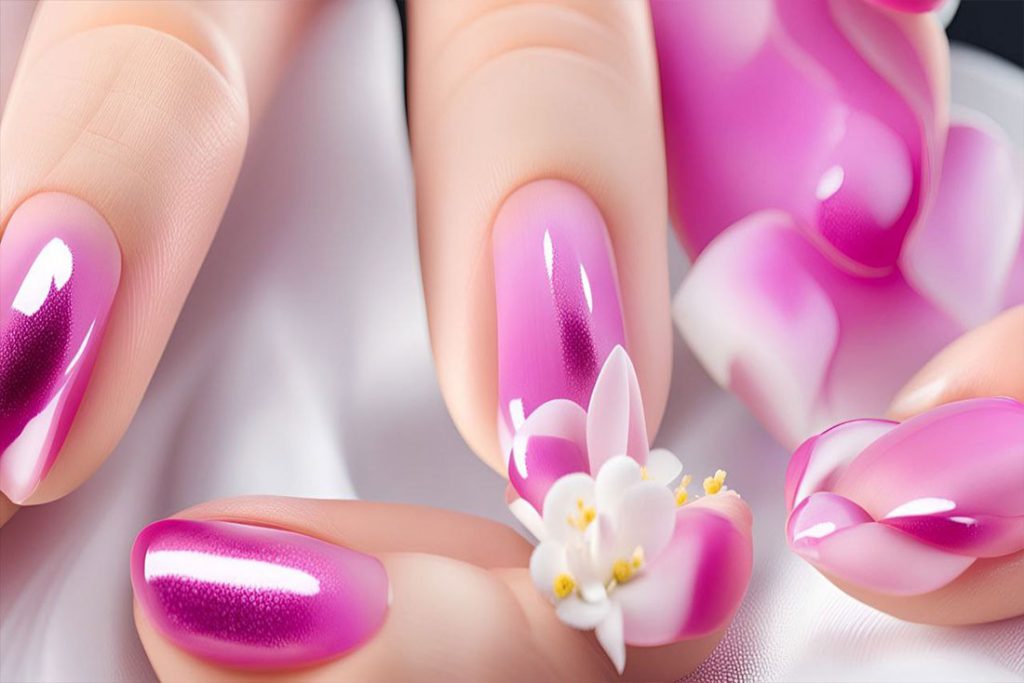Eponychium: A Crucial Understanding for Cosmetologists
In the realm of nail anatomy, one structure often misunderstood is the eponychium. Its precise understanding is essential for cosmetologists to ensure the proper care and handling of the natural nail plate. This article aims to clarify the eponychium’s role and differentiate it from the cuticle, thus enabling cosmetologists to provide optimal care for their clients.

Eponychium
Definition and Structure
The eponychium is the living skin found underneath the proximal nail fold (PNF) located at the base of the nail plate, where it covers the matrix area. Research by Doug Schoon in 2019 unveiled this tissue’s surprising thinness, measuring approximately 0.004 to 0.006 inch (0.1 to 0.15 millimeter) thick. This fragile layer consists of a single layer of stem cells, extending from the front edge of the PNF to the nail matrix.
The eponychium’s main function is to produce the cuticle, a nonliving tissue that adheres to the nail plate and forms a protective seal between the natural nail plate and the PNF.
Eponychium vs. Cuticle: Understanding the Difference
Eponychium:
- Living tissue, part of the skin that covers the nail matrix and lunula.
- If cut, it will bleed.
- A thin section of tissue found on the bottom side of the PNF.
Cuticle:
- Nonliving tissue adhered directly to the nail plate.
- Thin and colorless but easily removed with gentle scraping.
- Not directly attached to living skin.
Determining the difference between these two structures is essential as cosmetologists must handle them differently during nail care procedures.
Care and Consideration in Cosmetology
In the practice of nail care, cosmetologists may encounter the need to deal with both the eponychium and cuticle. Here’s how:
1. Pushing Back the PNF:
Cosmetologists may gently push back the PNF but must never cut or trim any living tissue, including the PNF, even if it appears dry and hardened.
2. Handling the Cuticle:
The cuticle can be carefully removed if necessary using specialized tools or softeners.
3. Observing Legal Boundaries:
Cutting any part of the PNF or other living skin is outside the scope of cosmetology nail services and is legally prohibited.
Conclusion
The eponychium is an often-misunderstood part of nail anatomy. Its differentiation from the cuticle is not merely academic but has practical implications in the field of cosmetology. Misunderstanding this distinction could lead to improper treatment or even legal consequences.
By understanding the eponychium’s role and distinct features, cosmetologists can ensure that they are providing the best possible care for their clients’ nails, observing legal constraints, and enhancing their professional reputation.
The nuanced handling of the eponychium and cuticle underscores the importance of continuous education and a solid grasp of nail anatomy for those in the cosmetology field. With this understanding, cosmetologists can take their skills to a higher level, reflecting the mastery that defines a true professional.






